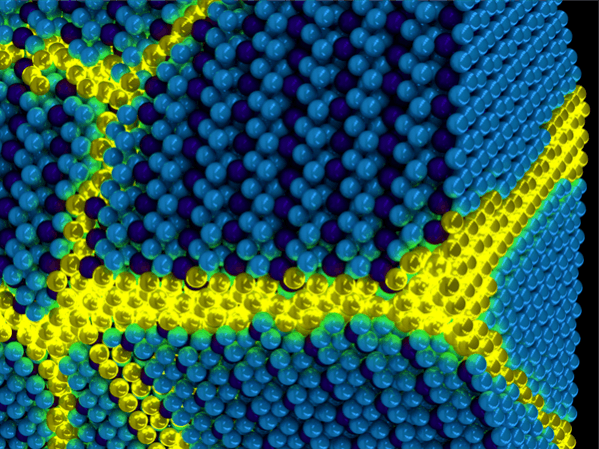
In a breakthrough finding, researchers at the University of Illinois have discovered a new form of matter, which was first theorised almost 50 years ago. The material, dubbed "excitonium," is made up of subatomic particles called "excitons" — a type of boson that could allow the matter to act like a superfluid, superconductor, or even as an insulator.
Although the evidence about excitonium was observed nearly half a century ago, it was difficult to be sure of what was happening at that time. Now, the researchers claim that they have a "smoking gun" proof of the fact that this strange and mysterious type of matter exists, and can be measured.
According to researchers, excitonium is a condensed matter that exhibits quantum phenomena at the macroscopic level. It is made up of excitons that are formed when escaped electrons are combined with the "holes" they left behind.
But how does this unusual pairing occur? According to researchers, in semiconductors, when an electron on the edge of one energy level in an atom gets excited, it can jump into the next energy level, leaving behind a "hole" in the previous level.
This hole behaves like a positively charged particle and attracts the negatively charged electron that escaped. When this escaped electron pairs up with the hole, they form a kind of boson known as an exciton. Researchers described how they detected excitonium in the journal Science.
Until now, researchers had no experimental tools to prove that what they observed was, in fact, excitonium, and not a very similar but different thing called "Peierls phase."
This time, however, researchers used a new technique called momentum-resolved electron energy-loss spectroscopy (M-EELS), which helped them to accurately measure the collective excitations of the excitons, regardless of their momentum.
"This result is of cosmic significance," Peter Abbamonte, the lead researcher of the study, said in a statement. "Ever since the term 'excitonium' was coined in the 1960s by Harvard theoretical physicist Bert Halperin, physicists have sought to demonstrate its existence. Theorists have debated whether it would be an insulator, a perfect conductor, or a superfluid—with some convincing arguments on all sides. Since the 1970s, many experimentalists have published evidence of the existence of excitonium, but their findings weren't definitive proof and could equally have been explained by a conventional structural phase transition."
Researchers believe that the discovery of excitonium will help scientists shed more light on the complex world of quantum mechanics in the future.












